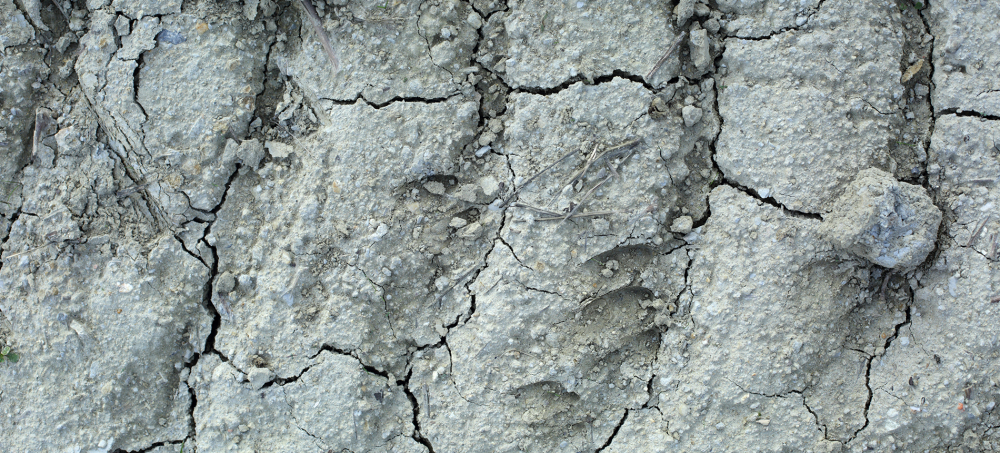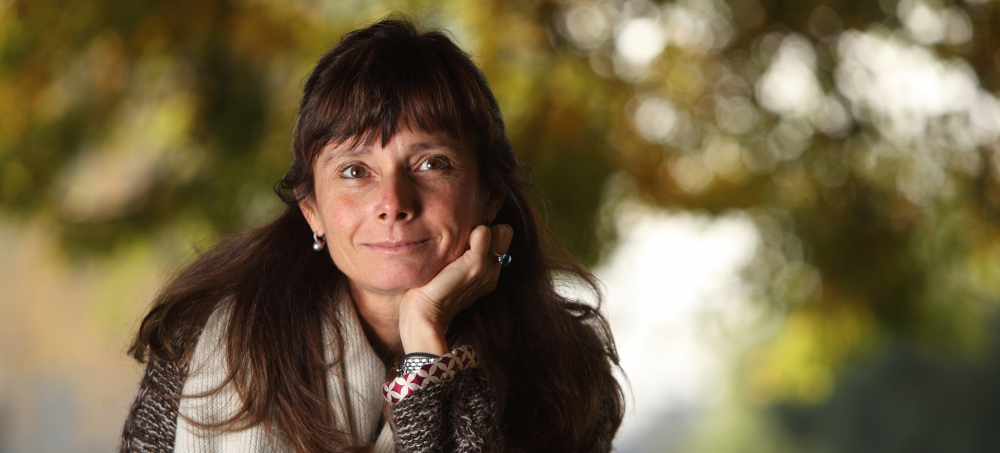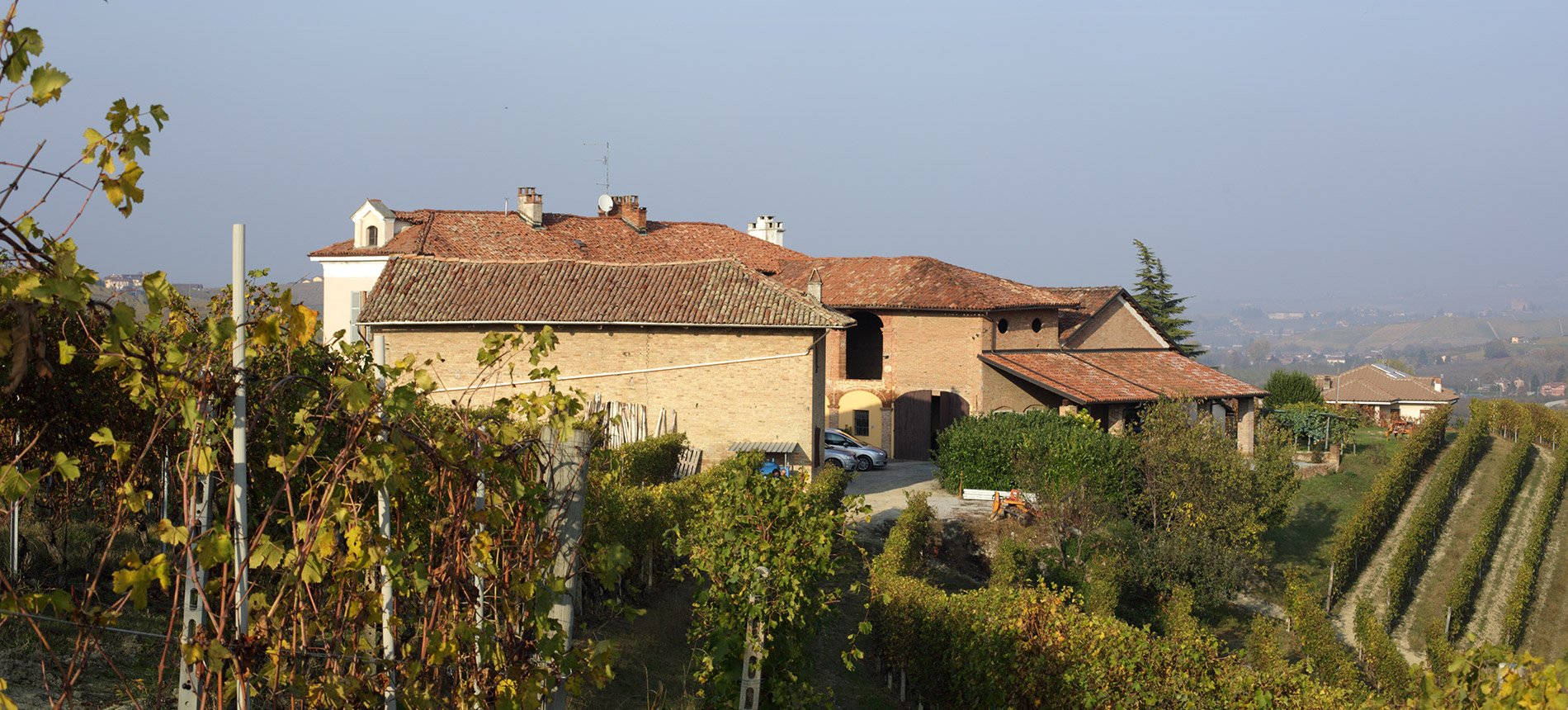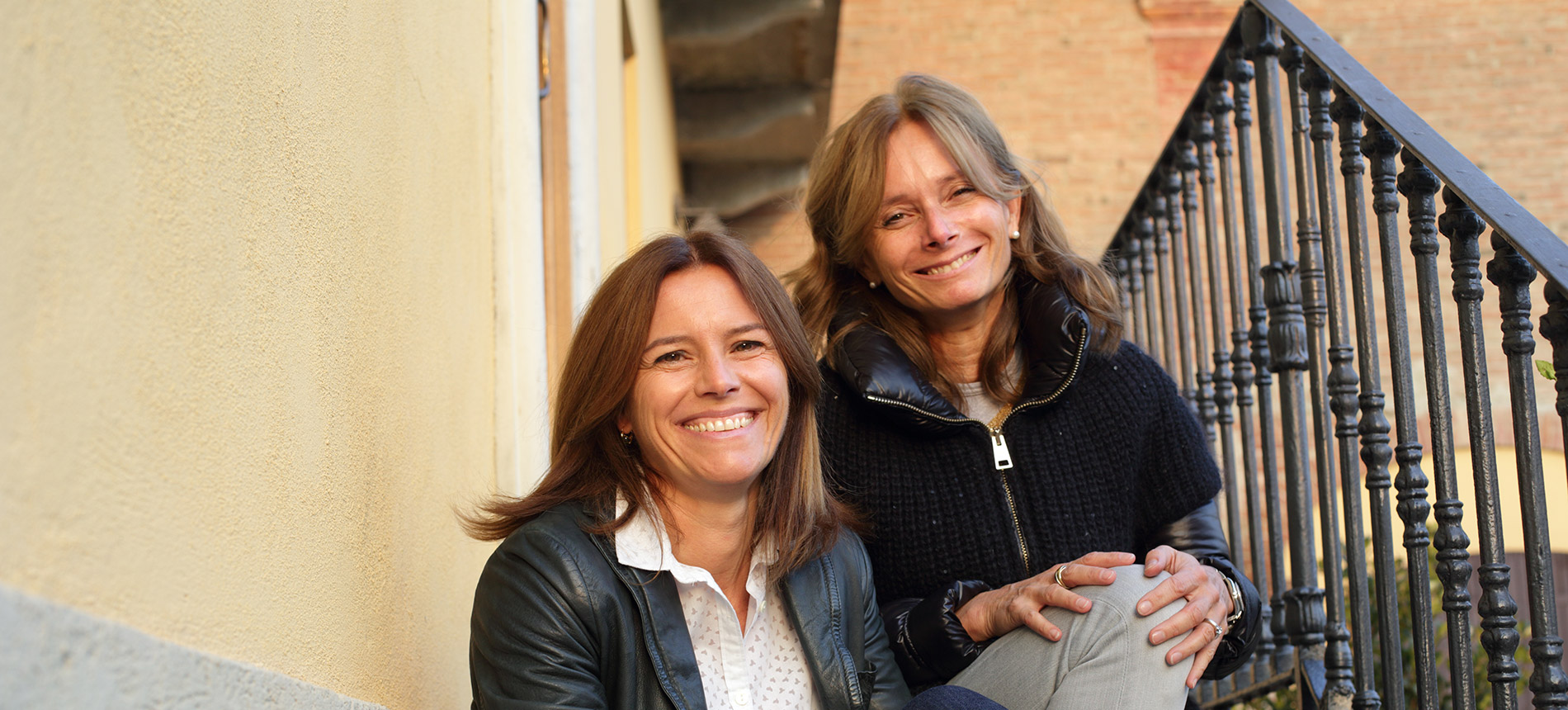The great traditionalist estate of Francesco Rinaldi e Figli is one of the greatest names in Piemonte. Located in the town of Barolo itself, the domaine of Francesco Rinaldi was founded in 1870, when Giovanni Battista Rinaldi, the father of Francesco Rinaldi, inherited a vineyard and house in Barolo, inducing him to leave behind his work with the very large Mirafiore estate and set out on his own. His family at that time also had ties to the then-greatest estate in the Barolo region, Barale-Rinaldi. Francesco's brother, Giuseppe Rinaldi, was the great-grandfather of Carlotta and Marta Rinaldi (the sisters currently running the Giuseppe Rinaldi winery). The husband of Francesco's sister Margherita had the last name Barale and it was they who had the famous Barale-Rinaldi estate (where the current Francesco Rinaldi winery is found). These two superb family wineries have marched down through time, both upholding the unique, traditional style of Barolo that has been championed by other great names in Piemonte, such as Bartolo Mascarello and Bruno Giacosa. One hundred and thirty years later, many of the same techniques are still used in the Francesco Rinaldi cellars to produce some of Barolo’s greatest wines. The current head of the family estate is the spry, Luciano Rinaldi, who took over the reins of the family winery back in 1941. Luciano turns 100 years old in September of 2025!
Today his nieces, Paola & Piera Rinaldi, run the winery. Starting in 2023, they are being assisted by Elisa and Francesca Rinaldi, Piera’s daughters. They continue to make beautiful wines within the great traditions of Barolo, with no new oak, long macerations, and long aging in large Slavonian oak botti before bottling. The only thing that has changed here is that Luciano no longer crushes the grapes by foot himself, as a new press is one of the only nods to modernity in these great old cellars.
However, all the traditions that continue to be embraced here do not mean that this is a winery lost in the past, as their beautiful wines have never been better than they are today. While the estate of Francesco Rinaldi is most famous for its long-lived and brilliant Barolo bottlings made from three of the region's greatest vineyards, Brunate, Cannubi, and Rocche dell’Anunziata, the entire lineup of wines up and down the quality hierarchy are made with the same meticulous care and commitment to excellence. The lower-level wines are superb examples of their genres, with impressive depth, complexity and classic structures, whether they be the deep Nebbiolo d’Alba made from younger vines not destined for the Barolo or Barbaresco bottlings, the tangy and red fruity Grignolino which drinks beautifully in its youth (a rarity amongst the cellar-worthy Rinaldi lineup) or the round, full-bodied and surprisingly serious Dolcetto d’Alba “Roussot” from vineyards located within the cru of Cannubi.
Francesco Rinaldi e Figli makes two non-cru denominated bottlings, one of Barbaresco and one of Barolo, made from a blend of different parcels. The Barolo is made from vineyards in the towns of Barolo, Castiglione Faletto, and La Morra. The superb Barbaresco is aged for two years in botti before bottling, while the standard Barolo bottling is aged for three years in large cask before it is bottled and made available for sale. Both wines are built for aging and typically will be at their best from six to ten years out from the vintage. Like all the wines from Piera and Paola Rinaldi, they are beautiful, classic expressions of their underlying terroirs, with well-integrated tannins, tangy acids and beautiful complexity and balance. Both improve immeasurably if decanted an hour before serving.
The flagship bottlings at Francesco Rinaldi e Figli are the single cru Baroli, Brunate, and Cannubi as well as the more recently released Rocche dell’Anunziata cru and the Cannubi Riserva. Brunate is one of the greatest vineyards in the Barolo region, lying on the border between La Morra and Barolo proper, with each village sharing the vineyard (though with the lion’s share lying within the village boundaries of La Morra). Wines from the Brunate vineyard are prized for their depth, power, and brilliant balance, and the example from Francesco Rinaldi e Figli is one of the very greatest examples of Brunate made. In a great vintage, it demands at least a decade to begin to soften and generally is not in full bloom until its twentieth birthday. The other single vineyard bottling is the Cannubi, which is made from the single greatest vineyard in the village of Barolo, as well as one of the most famous individual crus in the entire region. Cannubi was the first vineyard name to be famous in the Barolo region, and to this day a bottle of 1752 Cannubi is still treasured by the wine-producing family of Manzone, and is considered the oldest, extant bottle of Barolo still in existence. The vineyard is most famous for the fabulously perfumed wines that it produces, for Cannubi is not the most powerful cru in Barolo, and much like Romanée-Conti in Burgundy, it is cherished for the fabulously complex aromatics and round, suave palate impression that it provides when fully mature. This is not to say that Piera and Paula Rinaldi’s Cannubi is a delicate wine, for it is a deep, intensely flavored, and concentrated Barolo of great pedigree and elegance- once it is fully mature. Like the Rinaldi Brunate bottling, eight to ten years is required in top vintages, and the wine is really at its blazing best at age fifteen to twenty.

At a Glance
- Historic Barolo producer whose roots date back to the late 1800’s
- Traditional winemaking, practicing organic viticulture
- Make classic Baroli from crus Brunate, Cannubi, and Rocche dell’Anunziata who are relative steals for great, traditional Barolo from top sites
- Their entry-level Barolo and Dolcetto Roussot are also fantastic – the Roussot is sourced from a parcel on the Cannubi hill, and the entry-level Barolo is sourced from some top crus including Sarmassa
Wines in Portfolio
Francesco Rinaldi Barolo 1967
Francesco Rinaldi Barolo 2020
Francesco Rinaldi Barolo 2021
Francesco Rinaldi Barolo Brunate 2020
Francesco Rinaldi Barolo Brunate 2021
Francesco Rinaldi Barolo Cannubi 2020
Francesco Rinaldi Barolo Cannubi 2021
Francesco Rinaldi Barolo Riserva Cannubi 2019
Francesco Rinaldi Barolo Rocche dell'Annunziata 2020
Francesco Rinaldi Barolo Rocche dell'Annunziata 2021
Francesco Rinaldi Grignolino d'Asti 2023
Francesco Rinaldi Grignolino d'Asti 2024
Francesco Rinaldi Roussot Dolcetto d'Alba 2023
Francesco Rinaldi Barolo 1967
Francesco Rinaldi Barolo 2020
Francesco Rinaldi Barolo 2021
Francesco Rinaldi Barolo Brunate 2020
Francesco Rinaldi Barolo Brunate 2021
Francesco Rinaldi Barolo Cannubi 2020
Francesco Rinaldi Barolo Cannubi 2021
Francesco Rinaldi Barolo Riserva Cannubi 2019
Francesco Rinaldi Barolo Rocche dell'Annunziata 2020
Francesco Rinaldi Barolo Rocche dell'Annunziata 2021
Francesco Rinaldi Grignolino d'Asti 2023
Francesco Rinaldi Grignolino d'Asti 2024
Francesco Rinaldi Roussot Dolcetto d'Alba 2023


